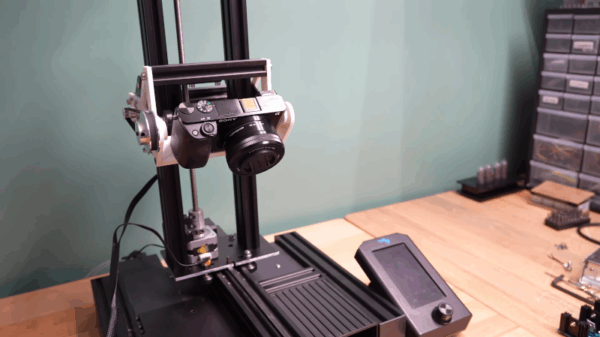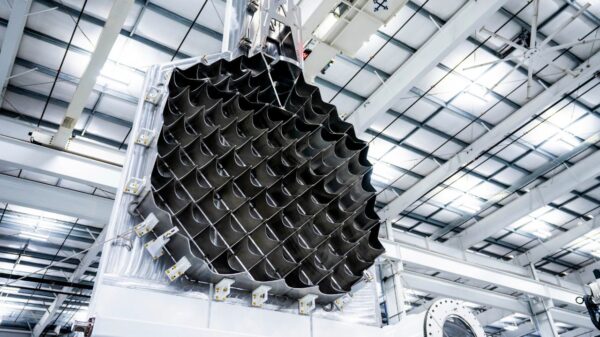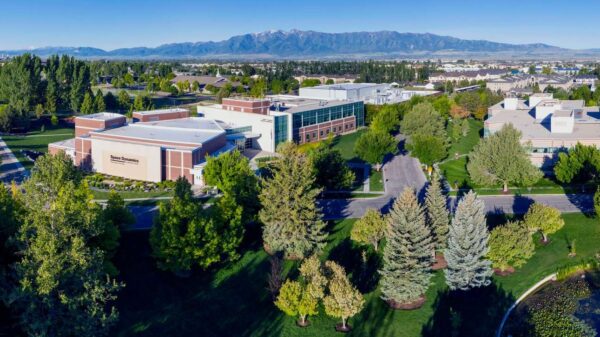UPDATE: New insights reveal that many users are still trapped by five critical myths about virtual machines. With the technology rapidly evolving, understanding these misconceptions is vital for both casual users and developers.
JUST ANNOUNCED: Experts are urging tech enthusiasts to rethink their approach to virtual machines (VMs), as many continue to believe outdated notions that could hinder their productivity. The information comes as more users explore the benefits of VMs for various projects, including software development and operating system testing.
Virtual machines allow users to run entire operating systems in isolated environments, offering flexibility for tasks like distro-hopping without the complications of dual-boot setups. However, many still think VMs are too complicated to use. In fact, Type-2 hypervisors like VirtualBox and VMware Workstation Pro offer user-friendly options for beginners. Even novice users can get started with minimal setup; the biggest hurdle often involves enabling virtualization in the BIOS.
Additionally, the myth that you need a powerful server to run VMs is misleading. While enterprise-grade hardware is beneficial, most users can effectively run VMs on machines with as little as 8GB of memory and a decent quad-core processor. For instance, a user reported running multiple VMs on a Ryzen 5 1600 with just 16GB of memory, showcasing the capabilities of everyday hardware.
Another prevalent misconception is equating snapshots with backups. While both serve to protect your data, they operate differently. Snapshots preserve the current state of a VM but depend on the VM itself, while backups create independent copies that can be restored on different systems. Users are advised to utilize both methods for robust data protection.
Moreover, the belief that VMs cannot be used as daily drivers is being challenged. With the right configurations, including resource allocation and remote access setups, users can run their daily tasks efficiently within a VM environment. One user successfully deployed a Windows 11 VM on their Proxmox setup, combining performance with accessibility.
Lastly, the idea that virtual machines are perfectly secure is dangerously misleading. While VMs offer some isolation from malware, vulnerabilities still exist. Malware can escape a VM and attack the host or other networked devices. Cybersecurity experts caution against using VMs for risky experiments unless you have advanced knowledge.
As technology evolves, it’s crucial for users to reassess these myths and embrace the true potential of virtual machines. For anyone engaged in software development or exploring the tech landscape, understanding these key truths can significantly enhance their experience and safeguard their systems.
WHAT’S NEXT: With these revelations, users are encouraged to share this information widely. The tech community thrives on knowledge, and dismantling these myths can lead to more effective and safer use of virtual machines in everyday tasks.

































































